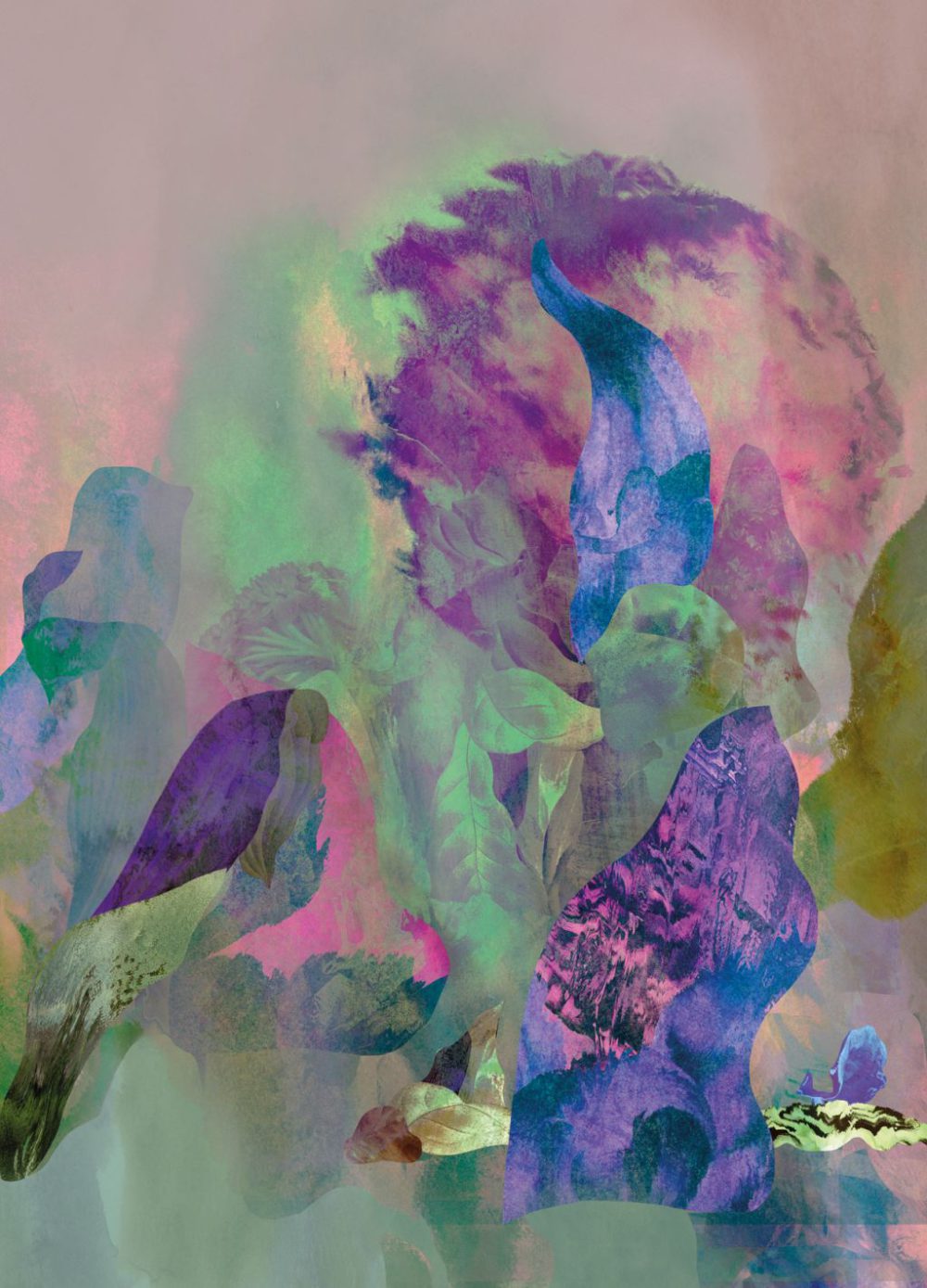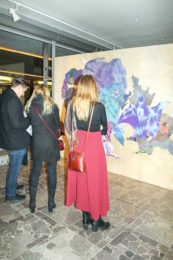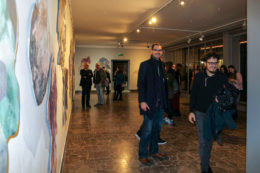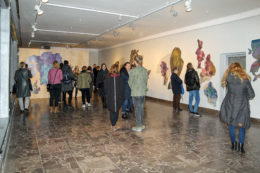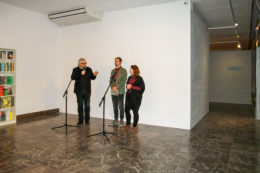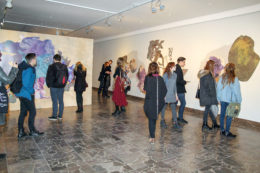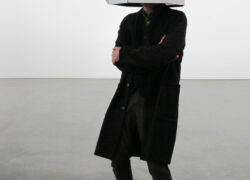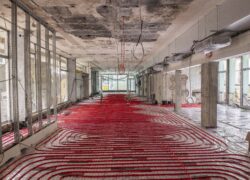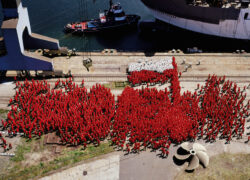curator: Paulina Ząbek
The inspiration of nature is infinite. Contact with it can induce in us the desire for new experiences and the need to seek ways of presenting our inmost identity. Turning to nature is an expression of the pursuit of what is close. Wojciech Kołacz makes plainly visible his own observations, and thanks to his formal pursuits we gain an insight into the artist’s intimate world, so much unobvious and different from the artist’s previous work. “Hortus has nothing of the romantic vision of nature to it. Neither does it glorify nature’s undisputed beauty … “, says the artist, yet these words demonstrate an attention that is easy to find in his works. Despite his observer position, he feels a strong connection with the world of “his” plants. He draws from them an unlimited number of aesthetic experiences that are found in the joyful creation process.
At the same time, the garden is his way to deal with the original longing for something better, even more beautiful, which is difficult to describe or to fine-tune. Longing and creative inventiveness are mutually conditioned, but they also fuel the unrestrained need to strive for something more and further. Creativity becomes an active affirmation of life, driven by the desire to show the world between our dreams and reality, to show some hidden space within us, a link between both these realms.
Flowers, grasses, fruits and trees growing in a small garden near the artist’s home are the objects of study, or rather observation. They are not perceived as auxiliary to the whole, an arranged system, but treated as autarkic beings, striving on their own for happiness, understood here as fulfilling their role / function, which is an extraordinary artistic and intellectual problem. They are fully accepted in every single form, in every transformation, from the time of growth to that of their withering down. It is this approach that precludes any melancholy from Wojciech Kołacz’s work.
The artist paints the plants faithfully and only later, using the digital technique, processes the details until the image becomes abstract. The fluidity of tonal transitions, extraordinary colours and unmatched variety of combinations delight viewers with their wealth. They are fascinating through the mutual relations of individual post-botanic shapes; the colours and forms not only illustrate, but above all express the vitality, giving the illusion of flow. Each of them is worth looking at as an autonomous realization, but this whole thing is, in this case, decisive for the aesthetic reception of the Garden.
The continuity and openness of the composition emphasizes the fact that the printed, irregular structures cut out from plywood are selected fragments (in the world of plants they would be referred to as botanical variants) of a series of abstract, floral graphics. Presented on a wooden ground, they are even more organic, as the grain is still visible and aligned with the microstructure of the graphics. At the same time, properly prepared plywood (painted in a unique way, with the use of painting ground and vinegar) blends with colour pigment, making the image more transparent, elusive, and the delicate printing becomes a metaphor of fragility and variability of nature.
Our “guide” in the Garden is a half-meter, lime sculpture depicting a child who looks as if he inhabited the land imagined by the artist. The figure, albeit initially we might attribute some totemic character to it, is a personification of the harmony resulting from the combination of wildlife, animalism (animalistic rendition of the extremities of the characters, accentuated by the author more clearly than the face) – human belonging to nature with intellectual development, reflexive perception, getting to know life’s secrets (the expression of the second image of a child’s head, hovering over a complete figure). The sculpture is crowned with a ball, a symbol of multiple dimensions, an expression of constant variability, a source of all forms[1]. In this sense, the ball signifies the supreme law of nature – a perpetually renewing life. The choice of a child does matter, because it is children who are best able to handle the reception of the world, while being able to enjoy it and not be surprised.
The artist’s attitude is intuitive, the garden becomes indispensable; “it is a breath, a breath of the air which equalizes the rhythm of the heart (…) it was born of a longing and fills, overgrows the space of the imagined world and reality”[2]. Its action is expressed in the contamination on two levels, both reflective – the observation of the surrounding world and the one arising in the psyche – as well as the real one, connected with real action and combining various digital technologies with traditional techniques.
Paulina Ząbek
[1] W. Kopaliński, Słownik symboli, Wiedza Powszechna, Warszawa 1990.
[2] Wojciech Kołacz, Wrocław 2017.

